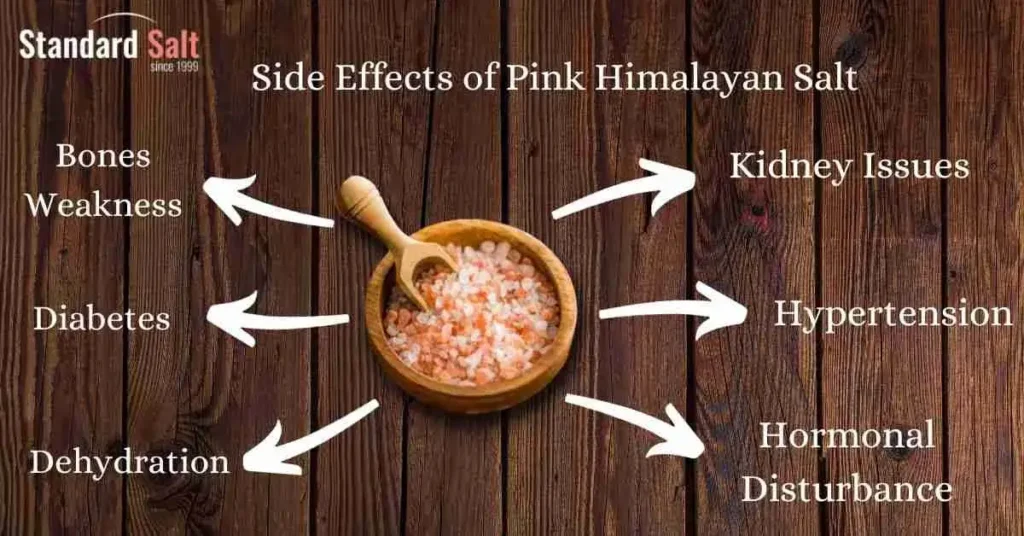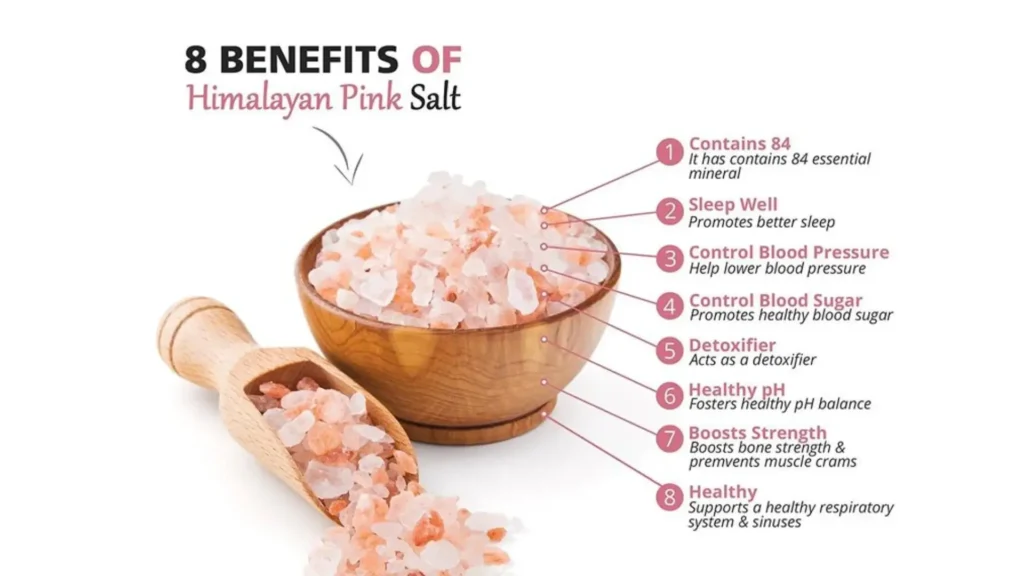
Have you ever stepped into a bath infused with Pink Himalayan salt and felt an immediate sense of relaxation wash over you? This ancient practice, rooted in holistic wellness, has gained popularity for its purported benefits. However, as with any health trend, it’s essential to delve deeper into the potential side effects that may accompany this soothing ritual.
Table of Contents
Understanding Pink Himalayan Salt Baths A Brief Overview
Pink Himalayan salt, harvested from ancient sea beds in the Himalayas, is celebrated for its mineral content and vibrant color. Advocates claim that soaking in a bath enriched with this salt can detoxify the skin, enhance relaxation, and even improve mood. But while the allure of these benefits is enticing, it’s crucial to approach them with a discerning eye.
Benefits of Pink Himalayan Salt Baths A Closer Look

Before diving into the potential downsides, let’s acknowledge the benefits. Pink Himalayan salt baths are often lauded for:
- Mineral Absorption: The salt contains over 84 trace minerals, including magnesium and potassium, which can be absorbed through the skin, potentially aiding in hydration and skin health.
- Detoxification: The salt is believed to draw out toxins from the body, promoting a sense of cleanliness and rejuvenation.
- Relaxation and Stress Relief: Soaking in warm water with salt can help soothe sore muscles and reduce stress, making it a popular choice for relaxation.
While these benefits are appealing, they come with caveats that warrant attention.
Potential Side Effects of Pink Himalayan Salt Baths What to Watch For

1. Dehydration Risks
One of the most significant concerns with Pink Himalayan salt baths is the potential for dehydration. The high salt content can draw moisture from the skin, leading to dryness and irritation. Prolonged exposure may exacerbate this effect, particularly if you don’t hydrate adequately before and after your bath.
2. Skin Irritation and Sensitivity
Individuals with sensitive skin may experience adverse reactions, such as redness, itching, or a burning sensation. The abrasive nature of the salt can also lead to over-exfoliation, further aggravating sensitive areas. It’s advisable to start with smaller amounts of salt and monitor your skin’s response.
Read More: Pink Himalayan Salt Scrub Recipe
3. Electrolyte Imbalance
Excessive salt intake, even through skin absorption, can disrupt your body’s electrolyte balance. This may lead to symptoms like muscle cramps, headaches, or fatigue. Those with underlying health conditions, such as hypertension or kidney issues, should consult a healthcare provider before indulging in salt baths.
4. Potential for Skin Infections
If not dissolved properly, salt particles can remain on the skin, increasing the risk of irritation or infection, especially for individuals with cuts or open wounds. Rinsing off thoroughly after your bath is crucial to minimize this risk. you ca also read this guide Antibacterial Properties Of Himalayan Salt.
5. Allergic Reactions
Though rare, some individuals may have allergic reactions to the minerals present in Pink Himalayan salt. Symptoms can include hives, swelling, or difficulty breathing. If you experience any of these symptoms, discontinue use immediately and seek medical attention.
How To Safely Enjoy A Pink Himalayan Salt Bath
To maximize the benefits while minimizing risks, consider the following tips:
- Hydrate: Drink plenty of water before, during, and after your bath to counteract dehydration.
- Start Small: Use a smaller amount of salt (about half a cup) for your first bath to gauge your body’s reaction.
- Limit Soaking Time: Keep your bath to 15-20 minutes to prevent skin irritation and dehydration.
- Rinse Off: After your bath, rinse your skin with fresh water to remove any residual salt.
- Consult a Professional: If you have pre-existing health conditions, consult with a healthcare provider to ensure that salt baths are safe for you.
Read More: The Ultimate Guide to Himalayan Salt Detox: Benefits, Methods, and How It Works
Outside the kitchen, Himalayan pink salt is notable for its use in bath salts and spa drugs. It is acknowledged to help with relaxing muscles, detoxifying the body, and promoting skin richness.
Conclusion
While Pink Himalayan Bath Salt can offer a luxurious and relaxing experience, it’s essential to remain vigilant about the potential side effects. By understanding how to enjoy these baths safely, you can reap the benefits without compromising your health. Always listen to your body and consult with a healthcare professional if you have concerns.
Share This Post
Article By

